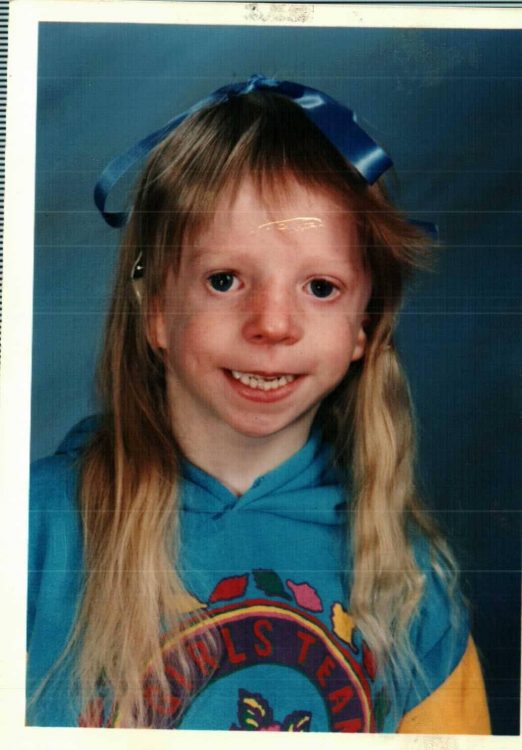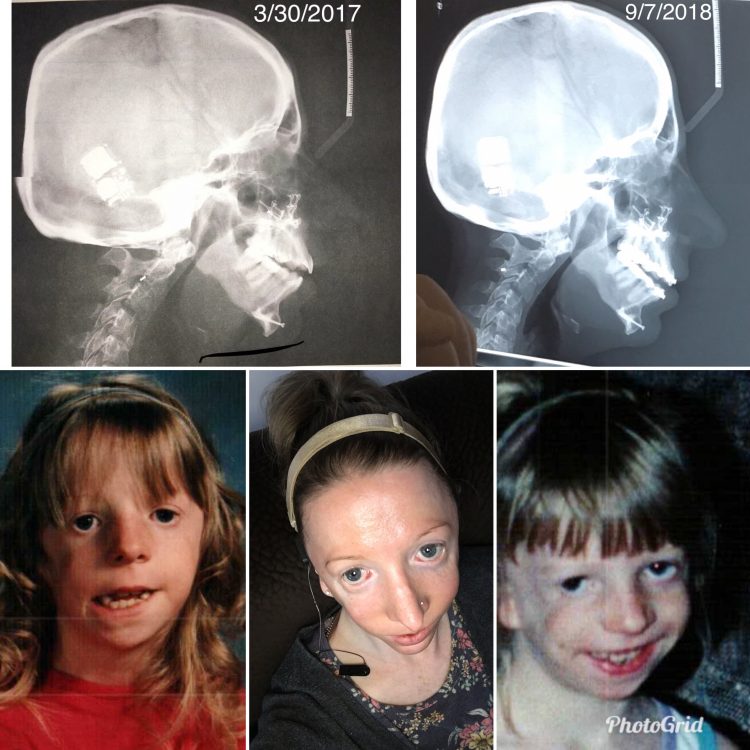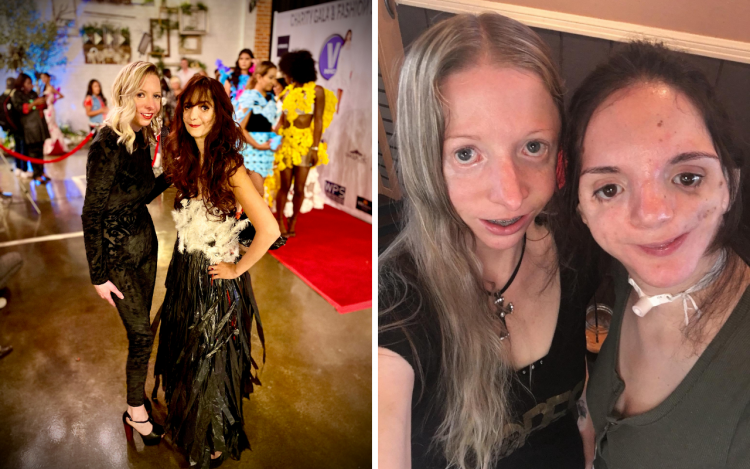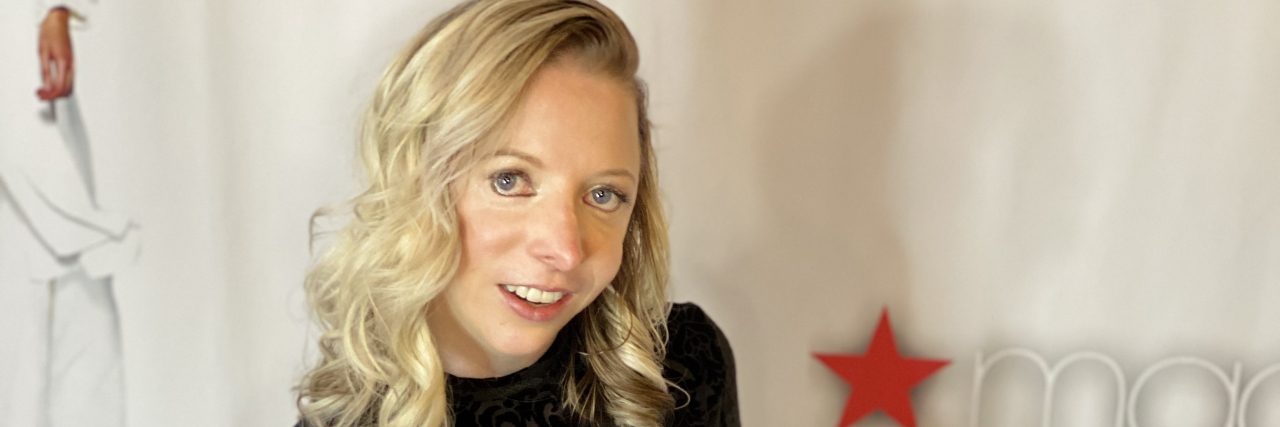A fractured soul is a broken one. For some of us, from the moment we are born, living in our own skin feels raw and irreparable. Living with restricted airways, our mental and physical effects are heightened; we feel as if we are suffocating without any air to breathe. We are born imprisoned in our bodies, and while we live with the repercussions for life, our parents live with the guilt.
As a woman born with a physical craniofacial disability known as Treacher Collins syndrome, I experienced a lack of identity along with the diagnosis. Craniofacial anomalies, the most common birth defects, have significant practical, aesthetic, and societal repercussions. These conditions involve severe internal and external malformations to the face, skull, and body.
A child born with a deformity back in the Spartan ages was deemed as a weak and inferior human being. Therefore, children born with birth defects were discarded and thrown off a cliff because citizens believed people born differently couldn’t partake in the protection of their nation. While humanity today has changed its philosophy, at least on the surface, judgment never stops, and awareness is never enough.
I had an emotionally unavailable mother who lived in fear of judgment because of my condition. She did anything to “fix” me so I did not reflect poorly on her. People looked down on my mother for having a “deformed child.” Therefore, she tried to have me operated on as young as age 3. However, my doctors refused to touch me until I was 11. I was operated by some of the country’s best surgeons and was on some notable TV shows in the early 1990s. Today, my case is still referenced at major medical conferences worldwide.

Premature surgical decisions could explain why some of my best friends, also born with craniofacial conditions, looked identical to me as a child. However, these people have become surgically botched after various trial-and-error attempts by inexperienced doctors. Many surgeries occurred due to the parental anxieties of outside judgment and uncertainties of treating these conditions.
For some, the damages continue into adulthood because of poor surgical decision-making. Others are addicted to and rely on plastic surgery, believing the more surgeries they have, the more they will transform themselves into the societal standards of beauty. Parents and patients fail to bear in mind the costs of weakening the heart every time one is placed under anesthesia.

Many craniofacial anomalies are neglected because people lack knowledge of the distinct characteristic facial and bodily features and the broad range of coinciding abnormalities. We are now in an era where a rapid and comprehensive diagnosis can be quantified with genetic testing shortly after birth. However, the lack of unmistakable characteristic features and the prevalent scarcity of knowledge drive problematic barriers for medical professionals in effectively treating craniofacial anomalies.
Competency is a formidable issue because these are irregular, intricate cases, and they are often neglected by providers in lieu of more common cases, which causes an absence of expertise. Facebase, a nationwide database, contains people with each condition where treatment outcomes, successes, and failures are evaluated, and medical professionals and parents can collaboratively assess what works best. However, this is rarely the case because parents remain under-informed, and doctors continue to practice on patients without knowledge or expertise.
Traditionally, knowledge of craniofacial abnormalities has been fairly earmarked for medical providers with considerable experience in distinct specialty areas. It is not unheard of that many medical providers in surgery commonly recite, “Judgment comes from experience, and experience comes from poor judgment.”
My best advice to parents dealing with a child born with craniofacial anomalies is to wait before rushing toward some quick fix. Quick decisions often lead to quick disasters, far from what any parent would want for their child. Craniofacial conditions are a rarity; it takes time to masterfully attend to the physical, mental, and surgical needs of those born with these birth defects. It is a permanent lifelong condition that will never fully heal itself.
Some of the most gifted craniofacial doctors can take the broken pieces we are born with and fit them together beautifully and artistically. However, the art and practice of surgery take strategic planning. Parents need to research and find the best fit for their child because there are many doctors playing doctor. These unqualified physicians have executed more surgical mishaps and disasters than fixes because they lack expertise and proper strategic planning.
My world-renowned doctors planned my surgeries months in advance and allowed me months to heal. I had 16+ surgeries over 20 years. Then I hit the pause button and stopped having surgeries for 10 years.
I allowed my body to heal and implemented a plant-based diet, improving my quality of life and reducing the swelling in my airways. I worked on my mental health after achieving a Master’s in psychology and found my way to attain another Master’s in public health. Today, I have higher goals as I work to earn a Ph.D. in business and marketing. I am the CFO of two corporations, including a nonprofit, and I have represented people with disabilities on social media and as a model on fashion runways.
I am preparing for two to four more surgeries to reduce craniofacial swelling and improve my breathing. I will also receive a set of eye lifts. I recently learned that the medpor implants I had inserted in my cheeks and chin decades ago have seemingly become a part of me because the bodily tissue and implants eventually form into one.
It is truly amazing how resilient and brave people born with craniofacial conditions are. However, some of us must realize that we will never look perfect; therefore, we must unconditionally love and accept ourselves. We must put our bravery into surviving the surgeries needed to increase our quality of life.
I understand and accept that I was born this way. I rely on the medical system when it comes to medically necessary surgical needs. However, as an individual with a physical disability, I understand that I am responsible for my health. I continuously enrich myself in knowledge so I can make well and informed decisions. I highly encourage craniofacial adults and parents to do the same so that we may live our best lives.


